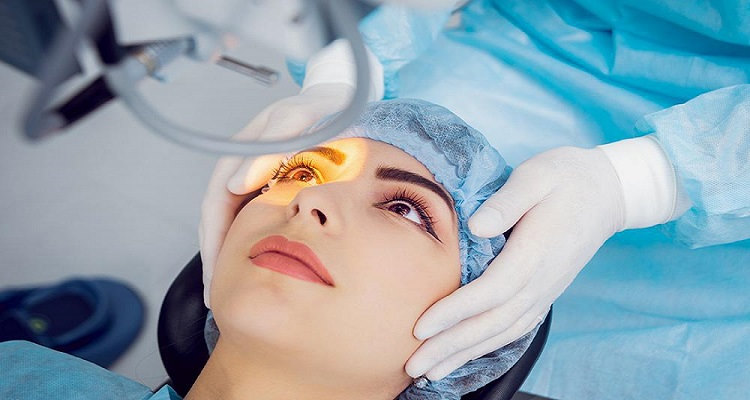What Happens During Cataract Eye Surgery?
Not being able to see is one of the most terrifying health problems anyone can face. Though, sometimes, even more terrifying is the thought that you may not understand what the surgery to correct the problem entails. Some people feel that way when it comes to cataract eye surgery.
They may know it’s necessary to restore their vision, but fear of the unknown can put them off taking that next step. If you are unsure what’s involved in the average cataract surgery, then read on. The following information can make sure you’re well informed before the big day.
The First Stage
The first stage of the outpatient procedure, which typically takes less than an hour, involves your doctor placing eye drops in your eyes. These dilate your pupils. You’ll then receive a local anesthetic to numb the area.
Some doctors may offer a sedative to help you relax. You’ll stay awake for the procedure but will be groggy and sleepy.
Breaking Up the Lens
Surgeons use phacoemulsification, which is an ultrasound probe, to break up the lens in your eye so they can remove it. They make an incision in your cornea, then insert a thin probe into the substance of the lens, which is where your cataract is.
The probe breaks up the lens while transmitting ultrasound waves. It will then suction out the fragments while leaving the back of your lens intact for the artificial lens. You may also have small stitches placed in your cornea to close the incision wound.
Removing the Lens in One Piece
Some surgeons don’t break up the lens to remove it during cataract eye surgery. Instead, they will remove it in one piece. This process is called extracapsular cataract extraction and requires a much larger incision than the one used in the procedure where the lens is broken up.
With this incision, your surgeon will remove the front capsule of the lens with surgical tools, along with the cloudy lens that contains your cataract. Stitches are required for this procedure, as well. In both procedure types, the artificial lens is placed into your now-empty lens capsule.
Dealing with Secondary Cataracts
Sometimes, people who have had cataract surgery develop what is known as a secondary cataract. This is a common complication that doctors refer to as posterior capsule opacification or PCO. It involves the back of the lens capsule supporting your new lens implant becoming cloudy and impairing your vision.
Fortunately, treating this condition is straightforward. It involves an outpatient procedure called yttrium-aluminum-garnet laser capsulotomy, or YAG capsulotomy. In a painless five-minute procedure, your eye specialist directs a laser beam to make an opening in the clouded capsule to form a path for light to pass through.
After this process, you stay with the medical team for around an hour to ensure your eye pressure doesn’t rise. After that, you’re free to go.
What Happens After Cataract Eye Surgery
After the procedure, your life can carry on as usual, but with improved vision. You may notice some blurriness as your eye heals and adjusts, but these symptoms will likely disappear within a few days.
If you notice vision loss, pain, eye redness, swelling, and light flashes, consult your doctor immediately.
As scary as cataract eye surgery may sound, it’s a straightforward, fast, and pain-free procedure. If you want to take care of your cataracts sooner rather than later, make an appointment with your optometrist to find out more.


